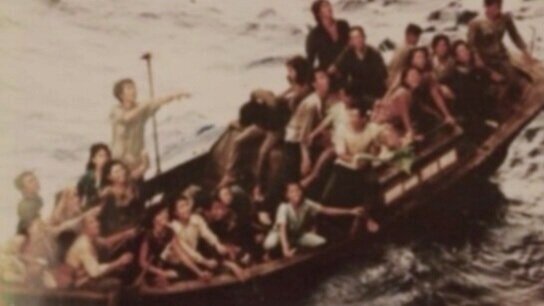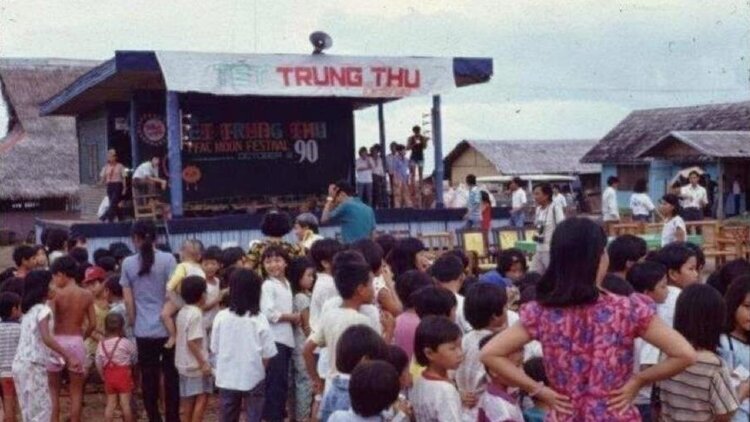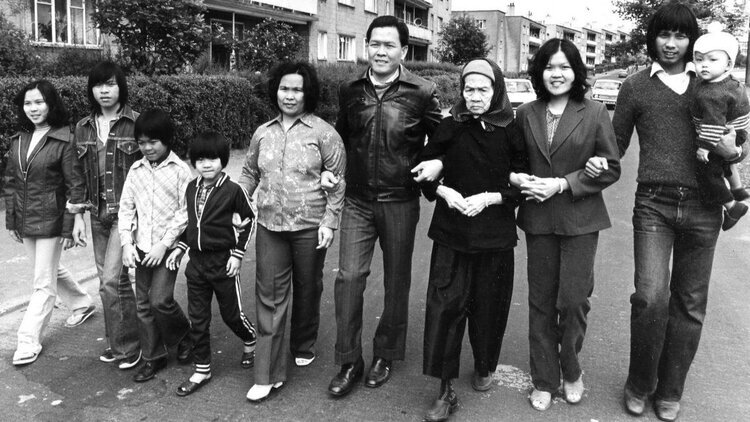
Fall of Saigon
The Vietnam War ended on April 30, 1975 when Saigon fell to the People's Army of Vietnam. During the final weeks and hours leading to surrender, the United States undertook a chaotic evacuation of US government personnel, and over 120,000 high-ranking members of the ARVN (Army of the Republic of Vietnam) and other South Vietnamese, now targets for Communist forces.
This first wave of Vietnamese refugees, (including the First 20 Vietnamese manicurists,) departed on planes and Naval ships. Following US withdrawal, South Vietnamese fled by any means necessary. The crisis went unrecognized until refugee numbers grew. Approximately two million people escaped during the ensuing “Vietnamese Boat People Crisis” which peaked between 1978-1979, and lasted until 1995. Facing death from pirates, over-crowded boats, starvation and ocean storms, it’s estimated that between 200,000 and 400,000 refugees died at sea trying to reach foreign soil.
Known as the Vietnamese boat people (Thuyền nhân Việt Nam,) more than two million Vietnamese refugees fled Vietnam between 1975-1995. Link to the NSXR Hub
Five of the "First 20" Vietnamese manicurists, in conversation with Tippi Hedren recount their harrowing escapes from Vietnam, as the US military chaotically pulled out of a devastating 15 year war. The women who birthed the Vietnamese nail industry were the "lucky" ones, escaping on US military planes and ships, mostly due to their husbands' rank in the South Vietnamese military, collaborating with United States Armed Forces. Click to watch video
Facing death from pirates, over-crowded boats, starvation and ocean storms, it’s estimated that between 200,000 and 400,000 refugees died at sea trying to reach foreign soil. View photo gallery of the Fall of Saigon from Manhhai.
Between 200,000 and 400,000 Vietnamese boat people died at sea trying to reach foreign soil. Those who survived struggled to find work in the US.
Most Vietnamese were admitted as refugees, and later through family reunification. Nail salons played a pivotal role in sponsoring Vietnamese relatives to western countries—through today.





